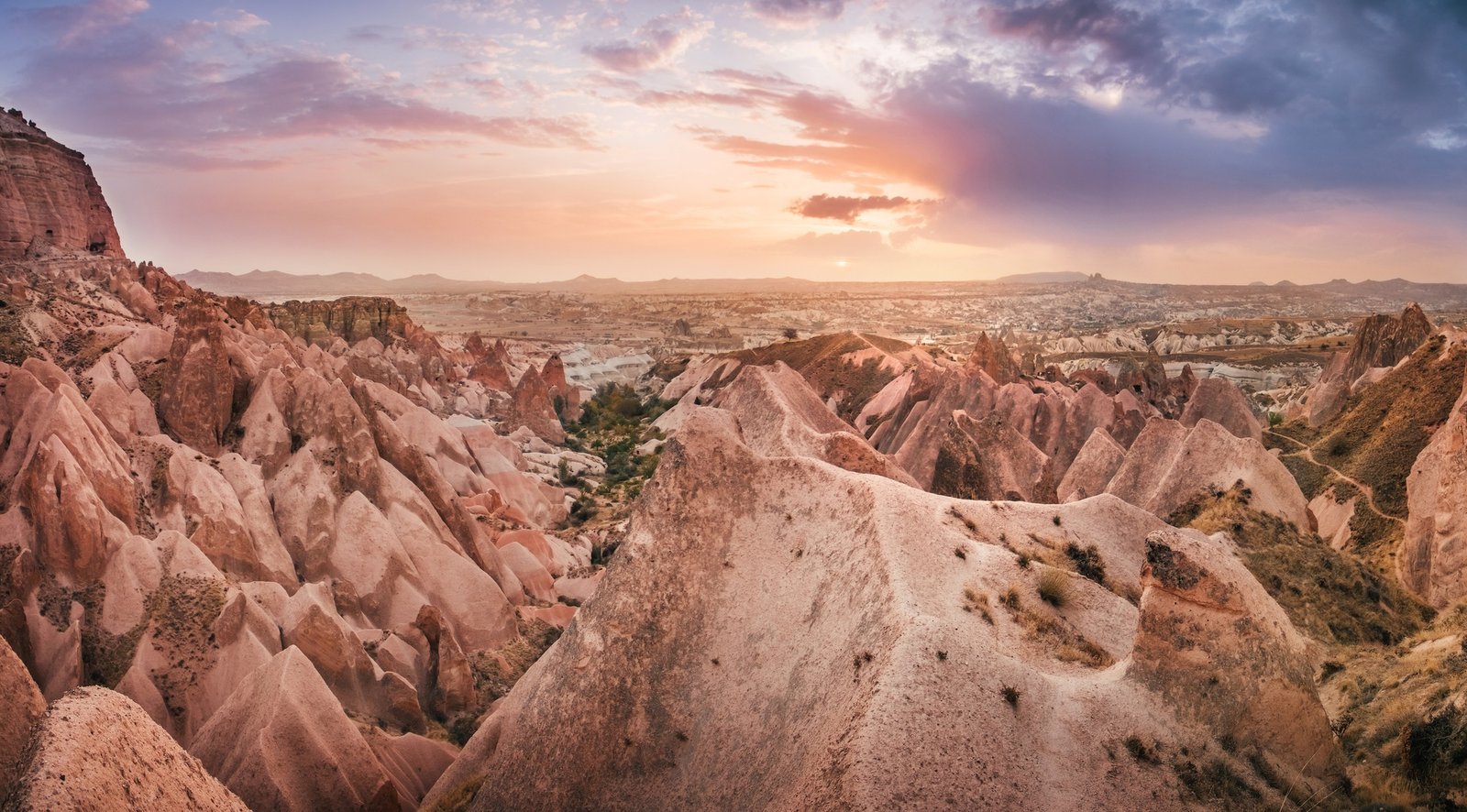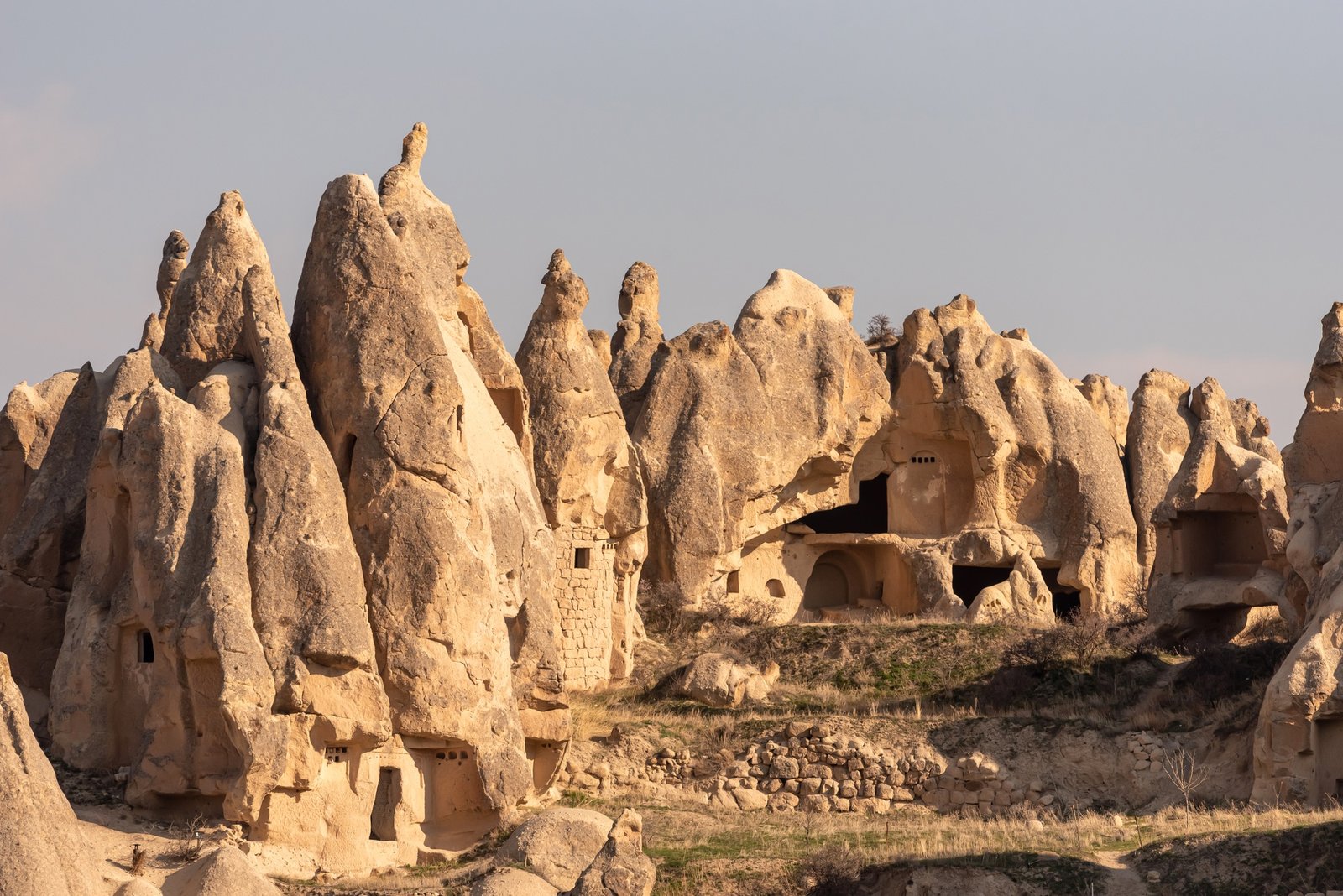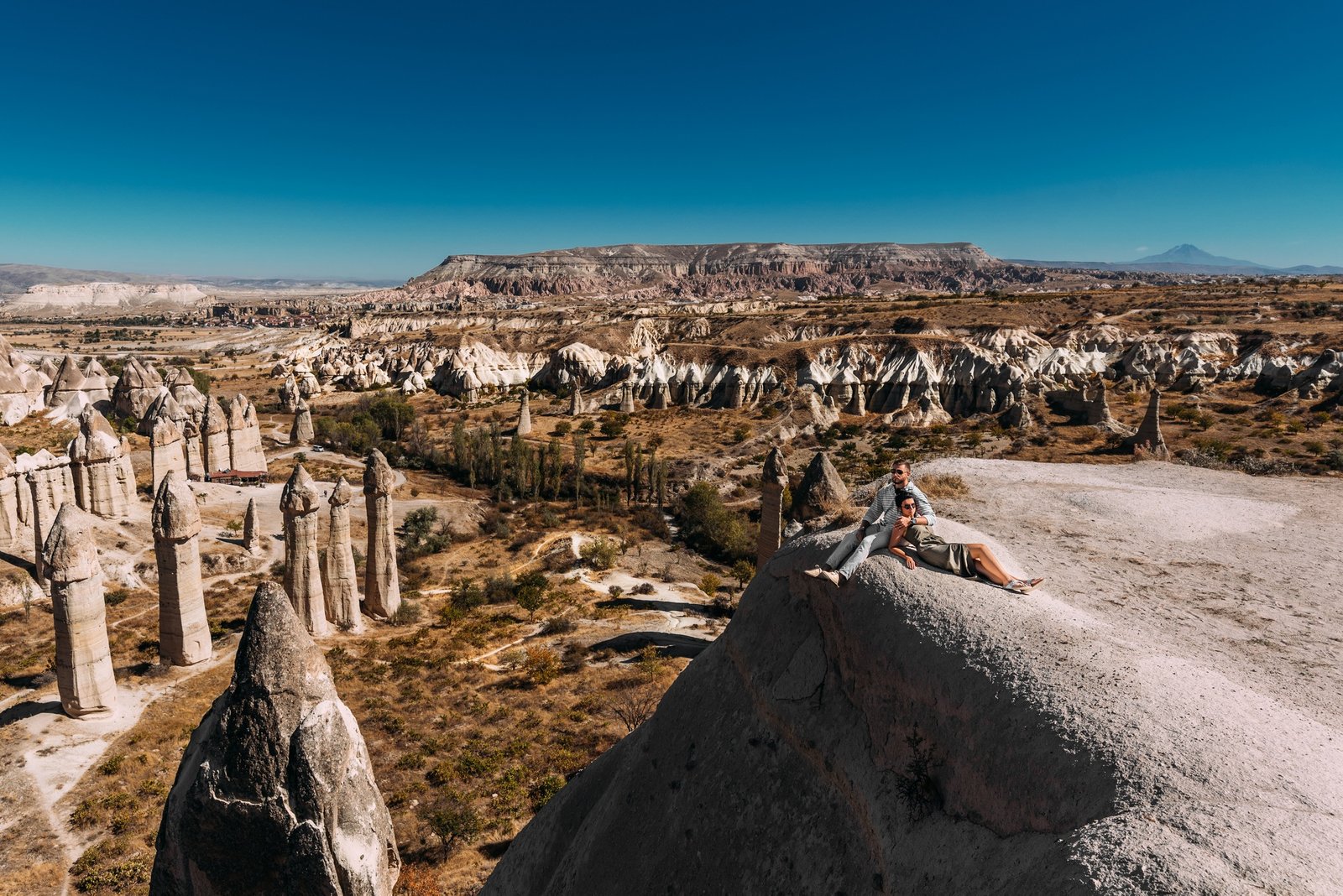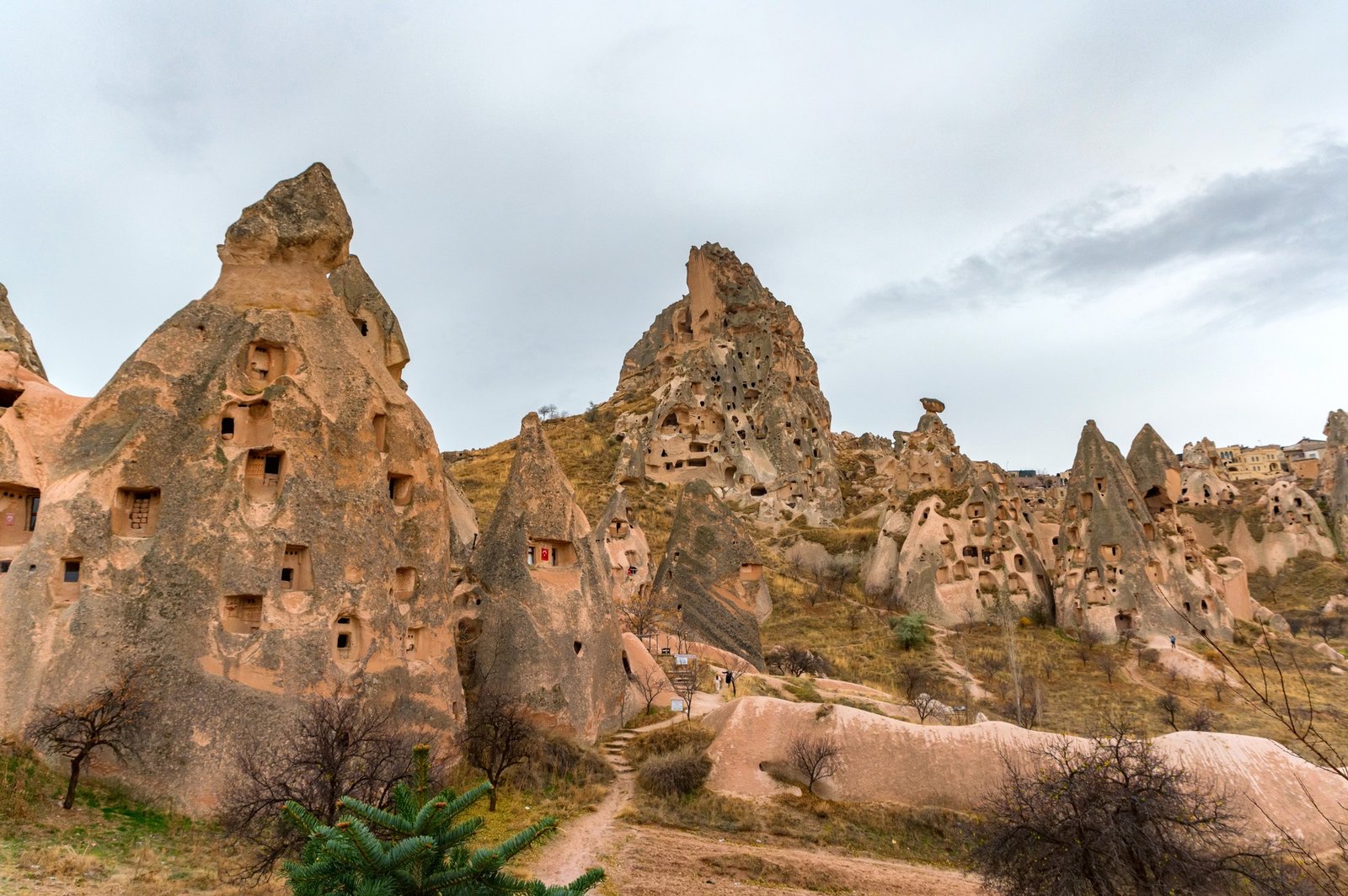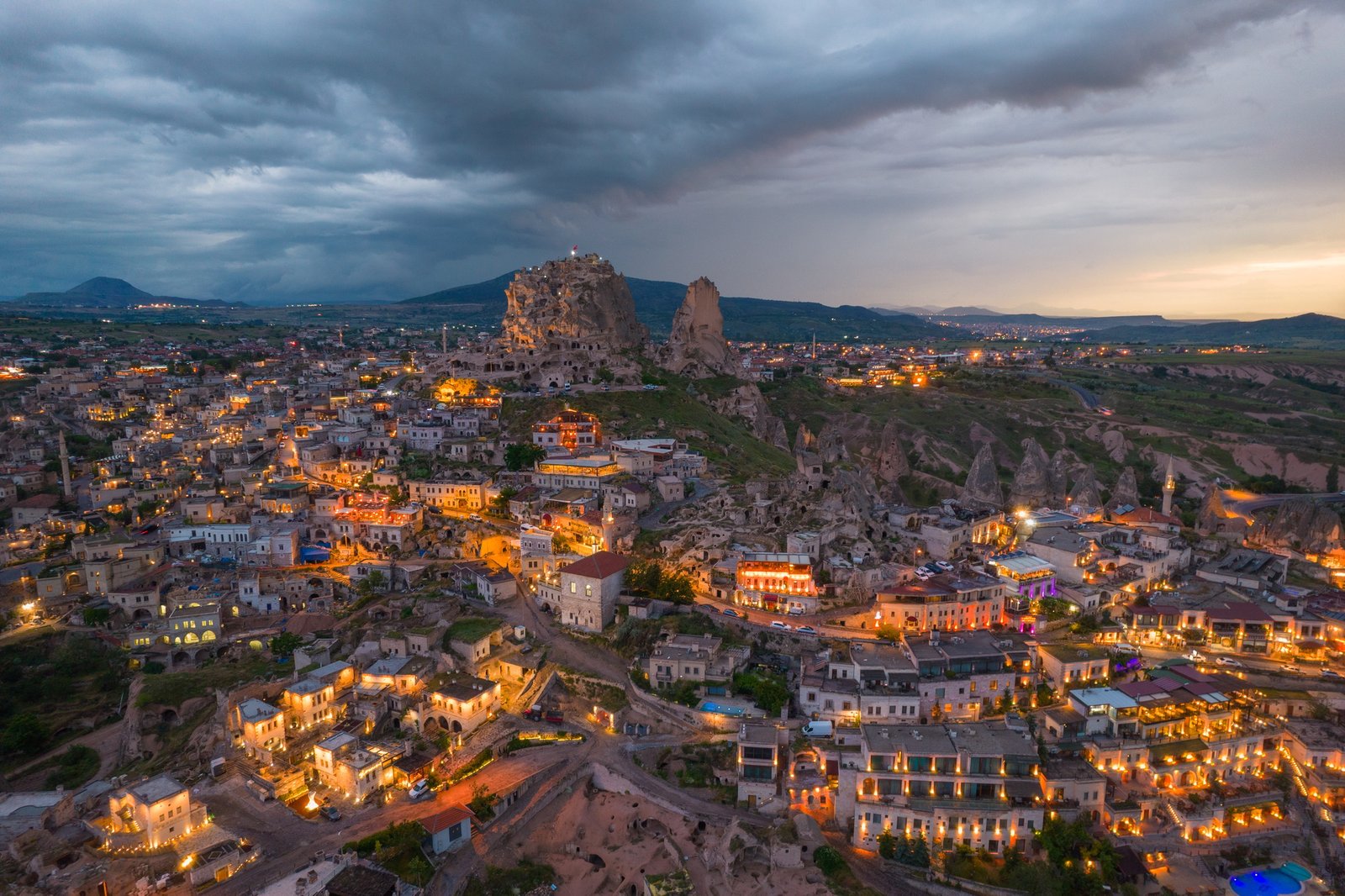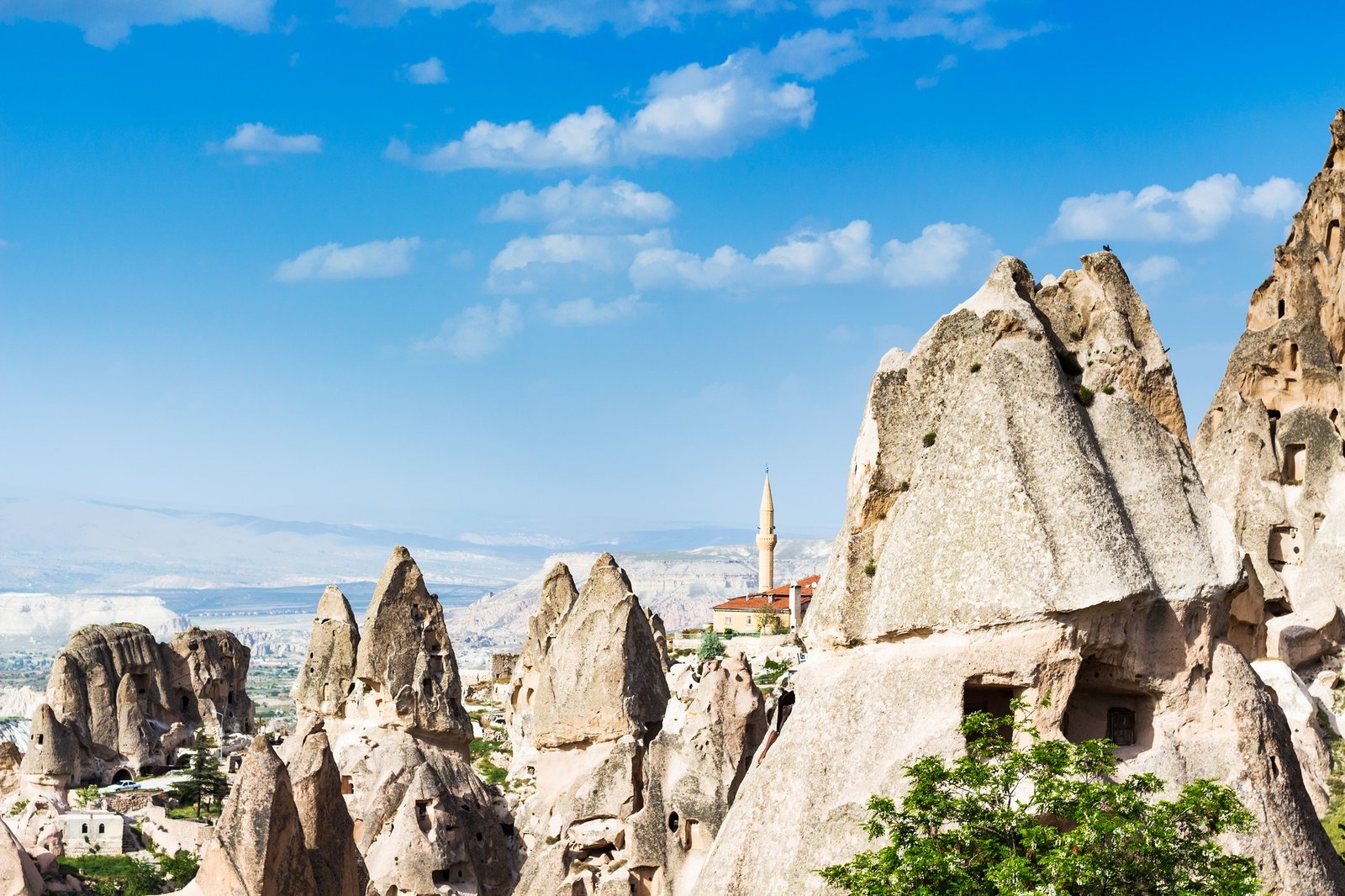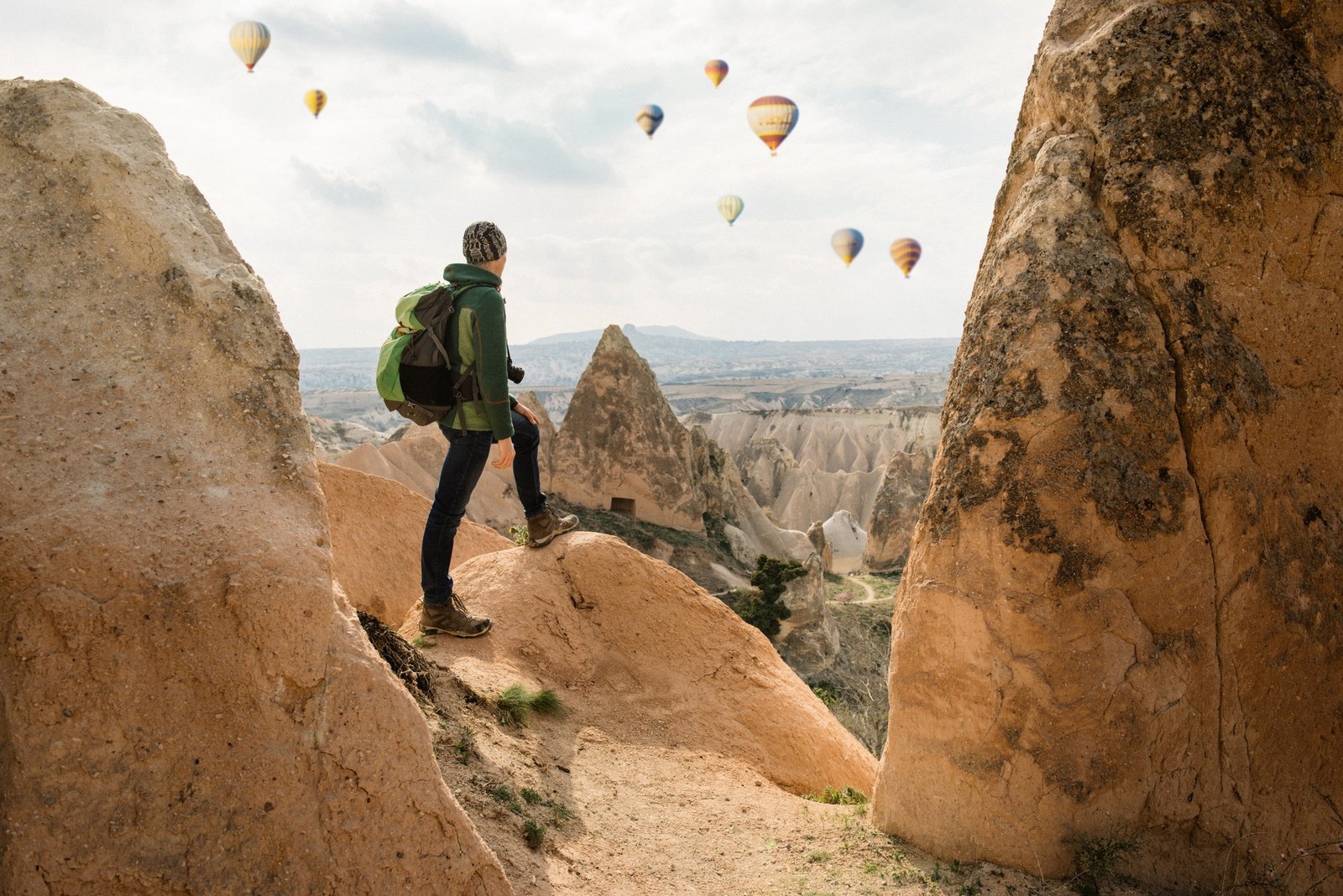Cappadocia’s unique landscape is unlike anywhere else on Earth. Famous for its “fairy chimneys,” underground cities, and rugged, otherworldly terrain, this central Turkish region has long captured the imagination of travelers and historians alike. The region’s physicality doesn’t just shape its appearance but has also left an indelible impact on its rich cultural and historical identity.
This post explores how Cappadocia’s unique terrain has directly influenced its people, architecture, traditions, and way of life. By the end, you’ll have a deeper understanding of the relationship between this extraordinary landscape and the vibrant culture it continues to support.
The Formation of Cappadocia’s Unique Landscape
Cappadocia owes its exceptional topography to volcanic activity millions of years ago. The ash from eruptions solidified into “tuff,” a soft, porous rock. Over time, erosion carved the region into an incredible array of shapes, from conical fairy chimneys to dramatic valleys like Love Valley and Devrent Valley. This geological process provided the foundation for a landscape that would, centuries later, shape how humans interacted with the environment.
The Role of Natural Resources in Everyday Life
The softness of the tuff stone was crucial to Cappadocia’s culture. Local inhabitants quickly realized it could be carved with ease, enabling the creation of vast underground cities like Derinkuyu and Kaymakli. These structures weren’t just homes but offered safe havens during invasions. Above ground, homes, monasteries, and storerooms were etched into rocky cliff sides—evidence of how the landscape directly dictated the architectural style.
The Underground Cities of Cappadocia
Cappadocia’s unique landscape played a defensive role by allowing entire communities to live underground. These subterranean complexes stretch through multiple levels, featuring living spaces, kitchens, ventilation shafts, and even stables.
A Refuge During Times of War
The underground cities acted as secure refuges during times of unrest, notably when early Christians sought sanctuary from Roman persecution. The winding tunnels and concealed entrances made these cities virtually impenetrable. Cappadocia became a haven for many Christian communities, influencing its religious traditions and identity.
A Testament to Ingenuity and Adaptability
The underground cities showcase the inhabitants’ ability to adapt to their surroundings. The insulation provided by tuff kept these spaces cool in summer and warm in winter, demonstrating a culture deeply rooted in utilizing natural resources.
The Fairy Chimneys and Their Cultural Influence
Perhaps the most iconic feature of Cappadocia’s unique landscape, the fairy chimneys, are more than just natural wonders. These towering rock formations became extensions of the cultural identity of the region.
Religious and Spiritual Use
Monks and hermits used these formations as places of worship, carving out small chapels complete with intricate frescoes. The fairy chimneys likely contributed to Cappadocia becoming an important center for monastic life in the Byzantine era.
Tourist Attraction and Artistic Inspiration
Today, the fairy chimneys serve as an artistic muse and a significant boost to the local economy. Visitors from all over the world marvel at their natural beauty and the human ingenuity evident in their use over centuries.
How the Landscape Shaped Traditional Ways of Life
Beyond architecture and religion, Cappadocia’s unique landscape influenced day-to-day life and culture in several surprising ways.
Agriculture and Food Storage
The valleys of Cappadocia are lined with fertile soil perfect for growing a wide variety of crops, including grapes used in the region’s artisanal wines. The carved caves in its cliff sides provided the ideal environment for storing food, such as dried fruits and grains, thanks to the consistent cool temperatures.
Artisanal Practices
The natural surroundings also inspired local artistry. Pottery made from the region’s rich clay deposits has been a staple craft for centuries. Cappadocian pottery not only tells a story of the landscape but also serves as a cultural artifact symbolizing the fusion of human creativity and nature.
Modern-Day Cappadocia: Preserving Cultural Heritage
The modern age has brought challenges and opportunities to Cappadocia. Tourism has surged as people seek to explore its rich history and landscapes, but this influx also threatens the fragile environment.
Striking a Balance Between Preservation and Tourism
Efforts are being made to preserve Cappadocia’s unique heritage. Protected as a UNESCO World Heritage Site, the region enforces strict regulations to ensure its natural beauty and historic architecture remain intact. Additionally, initiatives encourage sustainable tourism, urging travelers to respect the area’s delicate ecosystem.
Cappadocia’s Influence on Contemporary Art and Culture
Cappadocia continues to inspire filmmakers, artists, and writers, further embedding its landscape into the global cultural consciousness. Hot air balloon festivals, for instance, provide a new way for locals and visitors alike to engage with this enchanting terrain—and with one another.
A Region Where Land Meets Culture
Cappadocia’s unique landscape is more than just a backdrop for its storied past—it’s a vital character in its ongoing history. From the underground cities carved into its stone to the agricultural practices supported by its fertile soil, Cappadocia illustrates why the landscape itself is a key driver of cultural identity.
The next time you visit Cappadocia, take a moment to appreciate how its dramatic vistas and otherworldly formations paved the way for ingenuity, resilience, and enduring traditions. And remember, this enchanting region isn’t just a place to marvel at—it’s a place to learn from.
